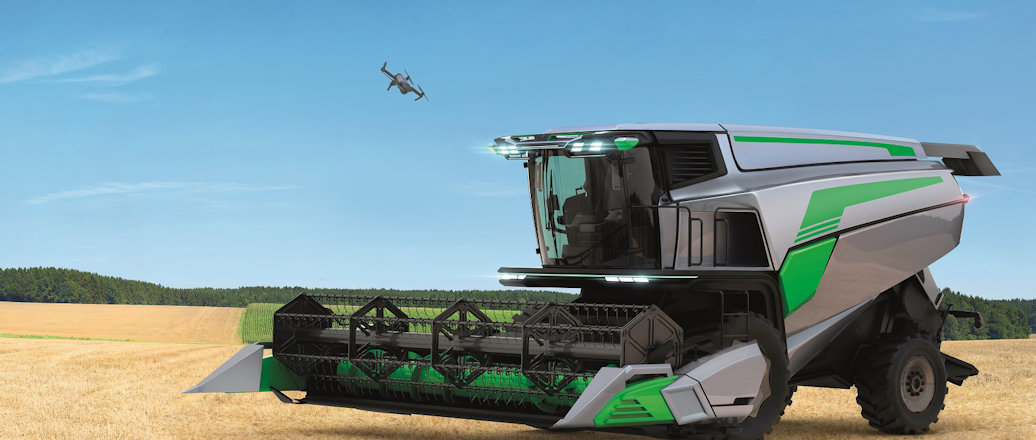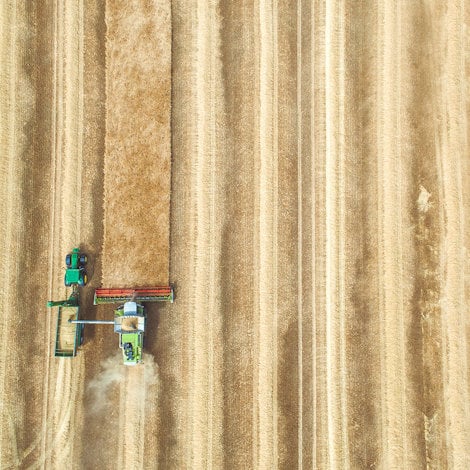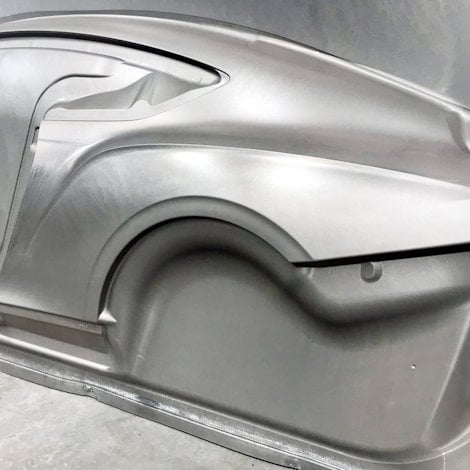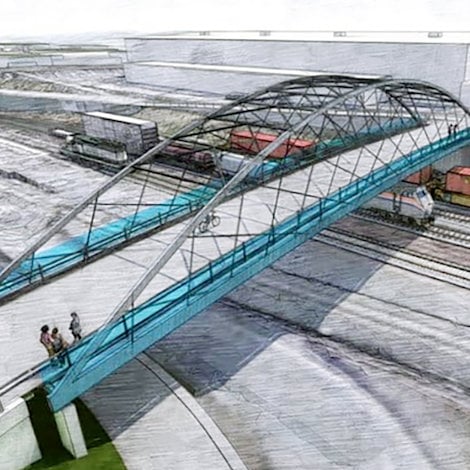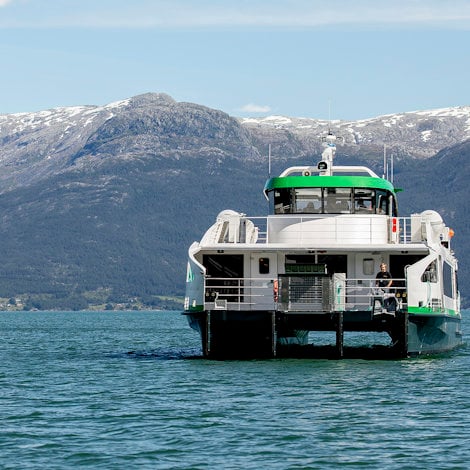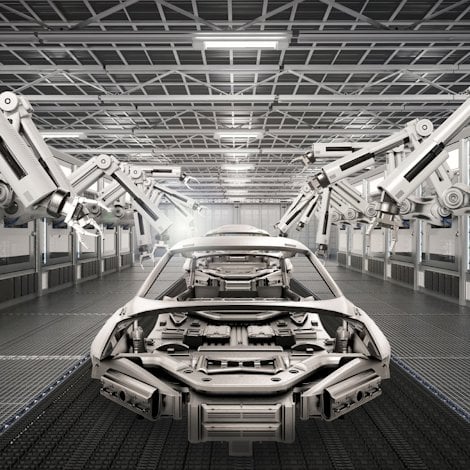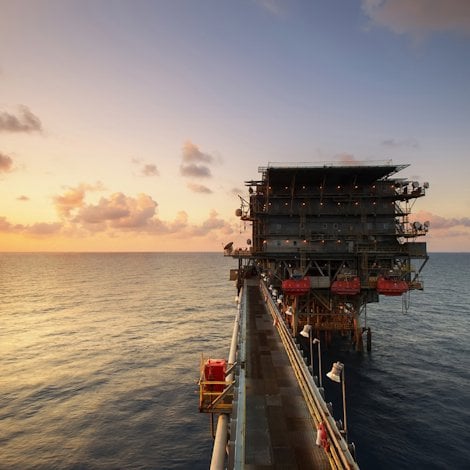Why aluminium makes sense for complex cabins
Steel is a fine material for commercial cabin manufacturers who only value strength and large quantities, and who do not require sophisticated structures. But aluminium is unbeatable for cabs that have complex structures and which require many variants. Here's why.
I’m responsible for engineering for Fritzmeier CABS. We are an OEM for manufacturers of agricultural vehicles and we manufacture complete cabs, trim parts and system assemblies. We’ve been a central player for many decades in construction machinery, industrial trucks and agricultural machinery cabs.
Manufacturers in this sector usually face high cost pressure, so it is important to be able to implement cab projects economically. And you need to consider safety, ergonomics and comfort – as well as economic efficiency and integration capabilities – which are the central added values for customers, and to which development and production are geared.
Aluminium is cost-effective for complex cabins
Aluminium enables us to carry out complex and tailored requirements at reasonable prices. It offers us the possibility of redesigning profiles for every application. Example: The tooling costs for a redesigned profile amount to around EUR 2,000, whereas steel costs around EUR 50,000.
Aluminium is also easier and much cheaper to process during bending, milling and trimming.
As a result, thanks to the low tooling costs and short implementation times for the extrusion dies, we have the flexibility to produce a wide variety of profiles, even with large quantities. The aluminium extrusion process makes it possible to manufacture profiles with high precision, different wall thicknesses and several chambers.
Rolling a new steel profile, on the other hand, is very complex process that is only worthwhile for high quantities. Here is another example: For steel, the guide rail for a window in the car door must be installed separately, while it can be integrated directly into an aluminium door.
This saves EUR 30-50 per door. It adds up.
Aluminium construction combines economy, flexibility and safety with light weight
As I mentioned, in addition to economy and flexibility, safety is a hot topic in cabin construction.
Aluminium is great because its energy-absorption qualities enable us to engineer smart and safe solutions.
For instance, we work with multi-chamber design, meaning we draw braces into the profiles. This allows the aluminium to absorb much more deformation energy, which lets us implement standard-compliant safety structures.
Aluminium’s clear advantages over steel in complex cabin structures
We are fully committed to lightweight construction, because when it comes to manufacturing complex and lightweight constructions, aluminium has clear advantages over steel:
- 30 percent less weight
- Investment in tools and equipment reduced by a factor of 10
- Significantly more design freedom
The success of our strategy is being confirmed by customers such as Kubota Corporation, which launched its first aluminium construction project back in 2014.
Aluminium’s light weight and system integration were key factors in Kubota’s decision to build an aluminium cab, and they wound up with a cab that is innovative and forward-looking.

